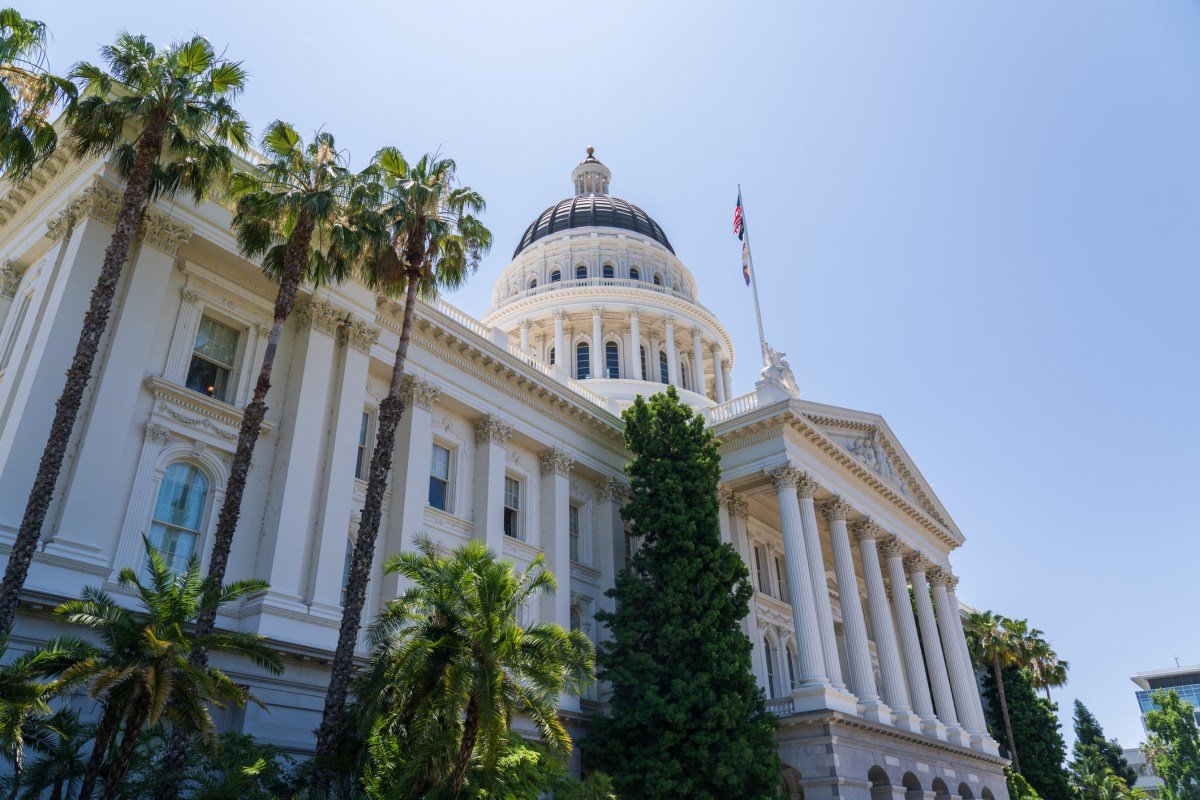California’s Landmark AI Bill: SB 53 Brings Safety and Transparency Without Stifling Innovation
Recently signed into law by Gov. Gavin Newsom, SB 53 is a testament to the fact that state regulations can foster AI advancement while ensuring safety.
Policy Perspectives from Industry Leaders
Adam Billen, vice president of public policy at the youth-led advocacy group Encode AI, emphasized in a recent Equity podcast episode that lawmakers are aware of the need for effective policies that protect innovation and ensure product safety.
The Core of SB 53: Transparency in AI Safety
SB 53 stands out as the first bill in the U.S. mandating large AI laboratories to disclose their safety protocols and measures to mitigate risks like cyberattacks and bio-weapons development. Compliance will be enforced by California’s Office of Emergency Services.
Industry Compliance and Competitive Pressures
According to Billen, many companies are already engaging in safety testing and providing model cards, although some may be cutting corners due to competitive pressures. He highlights the necessity of such legislation to uphold safety standards.
Facing Resistance from Tech Giants
Some AI companies have hinted at relaxing safety standards under competitive circumstances, as illustrated by OpenAI’s statements regarding its safety measures. Billen believes that firm policies can help prevent any regression in safety commitments due to market competition.
Future Challenges for AI Regulation
Despite muted opposition to SB 53 compared to California’s previous AI legislation, many in Silicon Valley argue that any regulations could impede U.S. advancements in AI technologies, especially in comparison to China.
Funding Pro-AI Initiatives
Prominent tech entities and investors are significantly funding super PACs to support pro-AI candidates, which is part of a broader strategy to prevent state-level AI regulations from gaining traction.
Coalition Efforts Against AI Moratorium
Encode AI successfully mobilized over 200 organizations to challenge proposed AI moratoriums, but the struggle continues as efforts to establish federal preemption laws resurface, potentially diminishing state regulations.
Federal Legislation and Its Implications
Billen warns that narrowly-framed federal AI laws could undermine state sovereignty and hinder the regulatory landscape for a crucial technology. He believes SB 53 should not be the sole regulatory framework for all AI-related risks.
The U.S.-China AI Race: Regulatory Impacts
While he acknowledges the significance of competing with China in AI, Billen argues that dismantling state-level legislations doesn’t equate to an advantage in this race. He advocates for policies like the Chip Security Act, which aim to secure AI chip production without sacrificing necessary regulations.
Inconsistent Export Policies and Market Dynamics
Nvidia, a major player in AI chip production, has a vested interest in maintaining sales to China, which complicates the regulatory landscape. Mixed signals from the Trump administration regarding AI chip exports have further complicated the narrative surrounding state regulations.
Democracy in Action: Balancing Safety and Innovation
According to Billen, SB 53 exemplifies democracy at work, showcasing the collaboration between industry and policymakers to create legislation that benefits both innovation and public safety. He asserts that this process is fundamental to America’s democratic and economic systems.
This article was first published on October 1.
Sure! Here are five FAQs based on California’s new AI safety law and its implications for regulation and innovation:
FAQ 1: What is California’s new AI safety law?
Answer: California’s new AI safety law aims to establish guidelines and regulations for the ethical and safe use of artificial intelligence technologies. It focuses on ensuring transparency, accountability, and fairness in AI systems while fostering innovation within the technology sector.
FAQ 2: How does this law promote innovation?
Answer: The law promotes innovation by providing a clear regulatory framework that encourages developers to create AI solutions with safety and ethics in mind. By setting standards, it reduces uncertainty for businesses, enabling them to invest confidently in AI technologies without fear of future regulatory setbacks.
FAQ 3: What are the key provisions of the AI safety law?
Answer: Key provisions of the AI safety law include requirements for transparency in AI algorithms, accountability measures for harmful outcomes, and guidelines for bias detection and mitigation. These provisions are designed to protect consumers while still allowing for creative advancements in AI.
FAQ 4: How will this law affect consumers?
Answer: Consumers can benefit from increased safety and trust in AI applications. The law aims to minimize risks associated with AI misuse, ensuring that technologies are developed responsibly. This could lead to more reliable services and products tailored to user needs without compromising ethical standards.
FAQ 5: Can other states adopt similar regulations?
Answer: Yes, other states can adopt similar regulations, and California’s law may serve as a model for them. As AI technology grows in importance, states may look to California’s approach to balance innovation with necessary safety measures, potentially leading to a patchwork of regulations across the country.


No comment yet, add your voice below!